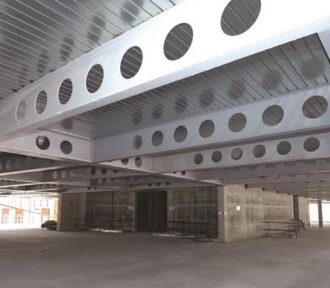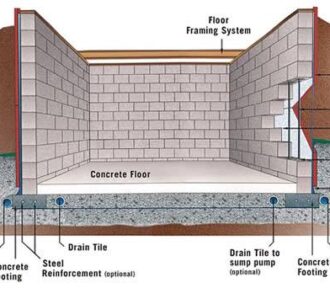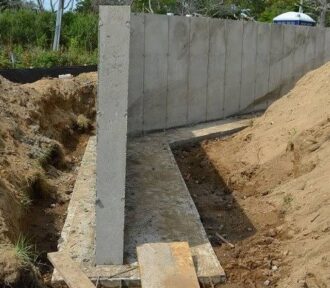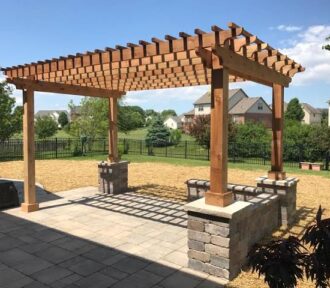This article, presents a range of floor systems utilized in multi-storey steel frames, with the advantage and disadvantages of each system compared with requirement of a project. Seven floor systems are listed and afterwards described
Month: May 2022
” An implicit assumption is an assumption that underlies a logical argument, course of action, decision or judgement that is not explicitly voiced nor necessarily understood by the decision maker1. In other words, implicit assumptions are those assumptions we make without even realizing it, hence they may go undetected.
Basement walls are essentially retaining walls which in most instances, in addition to the lateral forces from soil, pore pressure and surcharge must also carry axial forces due to gravity loads from slabs.
Retaining structures or a retaining wall is any constructed wall that holds back soil a liquid or other materials where there is an abrupt change in elevation. Retaining walls have been used for thousands of years, in the construction of terraced fields on a steep slope, or a railway through a hillside, a retaining wall is used in some form or another.
Timber posts are vertical elements, when utilized in any timber frame are principally subjected to both axial compressive actions and bending moments along one or both axes. In other words, a timber post is the equivalent of a column, but in this case the term ‘post’ refers to timber or steel.
This article discusses axial shortening and its causes, how they can be predicted, evaluated and mitigated. It would explain the measures structural engineers and building contractors may employ to counter its effect. It would also make references to the current codes of practices were necessary.





